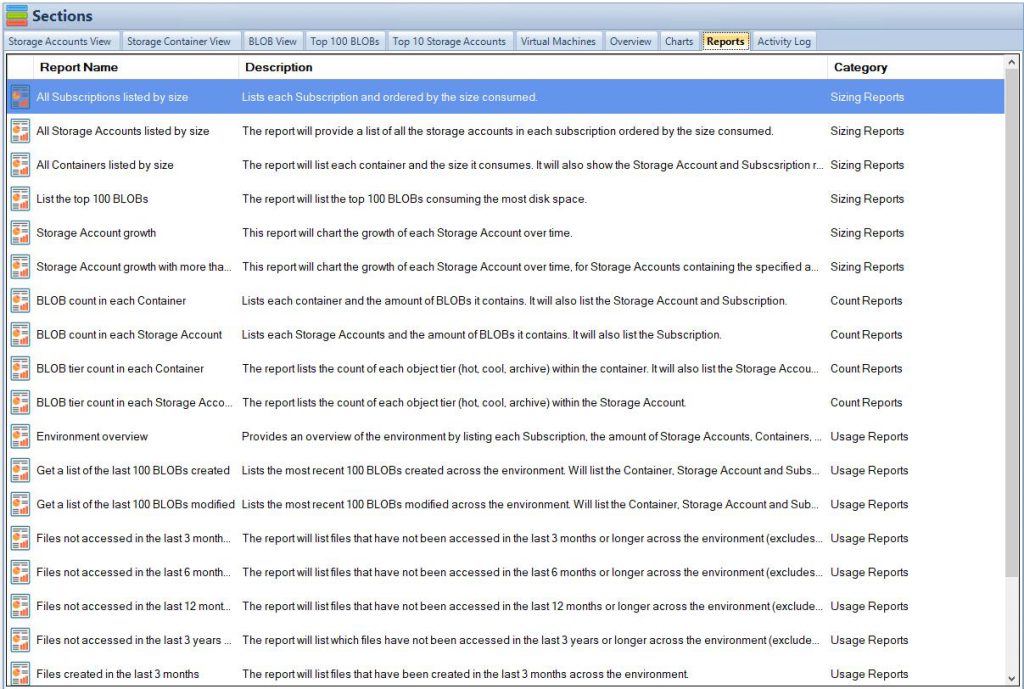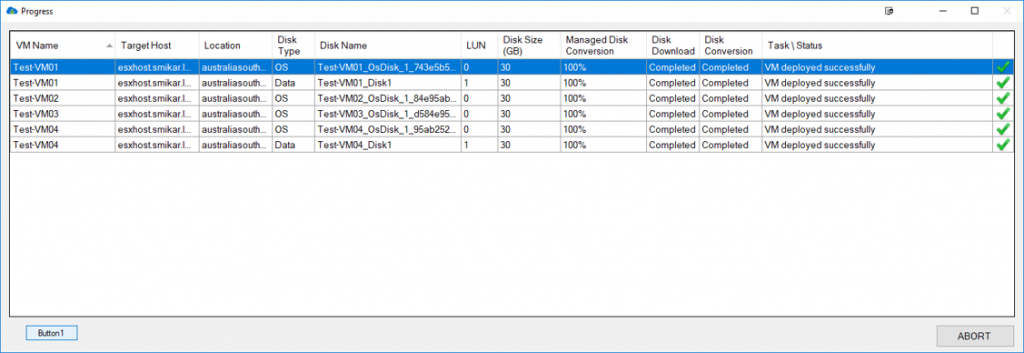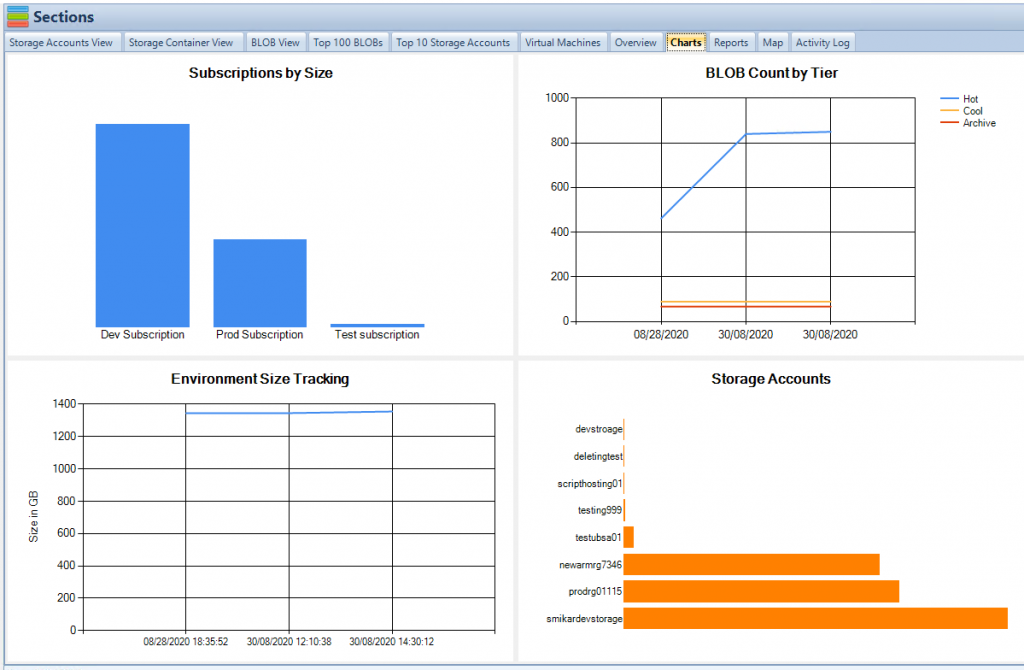Introduction
In today’s data-driven world, managing information is more crucial than ever. With the constant flow of data, both individuals and organizations are increasingly concerned about privacy and security. The General Data Protection Regulation (GDPR) has emerged as a key legislative framework in the European Union to protect citizens’ personal data. But how does this relate to the tools we use to manage and transfer data, like Microsoft’s AzCopy? This blog post aims to explore AzCopy’s GDPR compliance, offering both a technical and legal perspective, tailored for readers who may be new to these topics.

What is AzCopy?
AzCopy is a command-line utility tool designed by Microsoft to move data to and from Azure Blob and File storage, a part of Microsoft’s vast cloud services. It’s popular among developers and administrators for its efficiency and flexibility in handling large amounts of data. But what does it mean for AzCopy to be GDPR compliant, and why is it essential? To understand this, let’s first look at GDPR itself.
Understanding GDPR
The General Data Protection Regulation (GDPR) is a regulation enacted by the European Union to ensure that companies protect the personal data and privacy of individuals within the EU. Since its implementation in May 2018, GDPR has reshaped how data is handled across every sector.
Key Principles of GDPR
- Lawfulness, Fairness, and Transparency: Data must be processed legally, fairly, and in a transparent manner.
- Purpose Limitation: Data must be collected for specific, explicit, and legitimate purposes.
- Data Minimization: Only the necessary amount of data should be collected and processed.
- Accuracy: Data must be accurate and, when necessary, kept up to date.
- Storage Limitation: Data must not be kept longer than necessary.
- Integrity and Confidentiality: Data must be processed securely.

AzCopy and GDPR Compliance: The Technical Perspective
As a tool used to transfer data, AzCopy plays a significant role in the data processing pipeline. Its compliance with GDPR is therefore vital for organizations that handle personal data of EU citizens. Let’s explore how AzCopy meets GDPR requirements:
Secure Data Transfer
AzCopy employs robust encryption mechanisms during data transfer, ensuring that the information is secure and protected against unauthorized access. This aligns with the GDPR’s principle of integrity and confidentiality.
Flexible Data Management
AzCopy’s ability to control and manage data, set permissions, and monitor activities enables organizations to fulfill GDPR’s requirements for data minimization, accuracy, and storage limitation.

AzCopy and GDPR Compliance: The Legal Perspective
Understanding the legal side of AzCopy’s GDPR compliance is equally vital, as it ensures organizations remain within the bounds of the law while using this tool. Here’s how AzCopy aligns with legal requirements:
Compliance with Contractual Obligations
Organizations can craft specific agreements or contracts that align with GDPR principles, with AzCopy’s functionality acting as an enabling technology. These contracts can define the roles, responsibilities, and requirements for all parties involved in data processing.
Vendor Assessment and Relationship
Since AzCopy is a product of Microsoft, a large and well-established vendor, assessing its GDPR compliance can be part of an organization’s vendor risk management. Microsoft provides extensive documentation on AzCopy’s security and privacy features, easing concerns about GDPR compliance.
Regular Monitoring and Auditing
AzCopy allows for logging and tracking of data transfers. Regular monitoring and auditing of these logs can demonstrate compliance with GDPR by showing active management and oversight of personal data.

Potential Challenges and Considerations
While AzCopy offers many features that align with GDPR principles, users must be aware of potential challenges and considerations:
Data Residency
Under GDPR, organizations may be required to store personal data within the EU or in countries with adequate privacy protections. AzCopy does not manage data residency itself, so organizations must ensure that their Azure storage locations comply with these requirements.
User Error
Like any powerful tool, AzCopy requires careful handling. Misconfiguration or incorrect usage can lead to non-compliance with GDPR. Proper training, guidelines, and internal policies can mitigate this risk.
Third-party Integrations
Using AzCopy in conjunction with other tools or third-party services may introduce additional GDPR compliance complexities. It’s essential to assess the entire data processing pipeline to ensure overall compliance.
Conclusion
AzCopy, Microsoft’s efficient data transfer utility, is a potent tool in the modern data landscape. But in the era of GDPR, its usage requires more than technical proficiency; it demands a careful understanding of legal requirements, potential challenges, and the broader context of data privacy.
By following best practices and keeping abreast of both technical and legal considerations, organizations can leverage AzCopy to its fullest while staying within the bounds of GDPR. A balanced approach, focusing on secure data transfer, contractual obligations, regular monitoring, and understanding potential challenges, will not only ensure compliance but also foster trust among customers and stakeholders.
With the continued evolution of data privacy laws, staying informed and adaptable is key. AzCopy serves as a practical example of how tools must align with legal frameworks, bridging the technical efficiency we demand with the ethical responsibility we owe to individuals whose data we handle.

